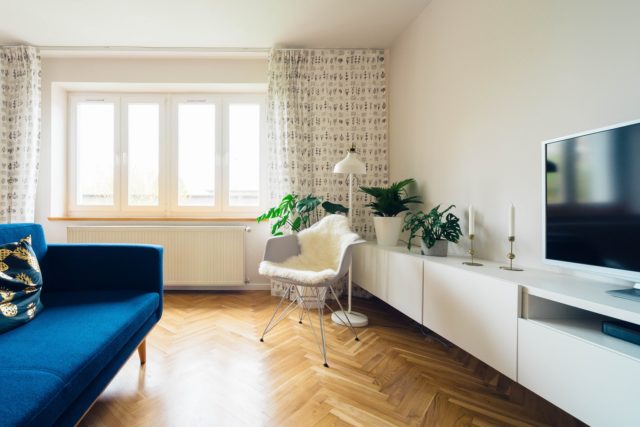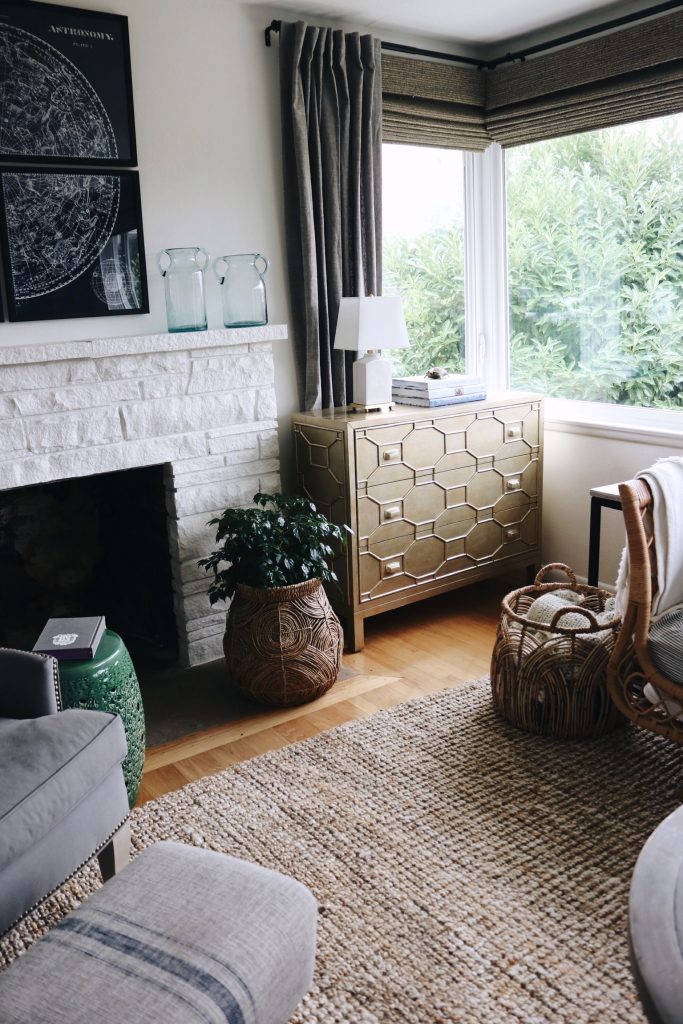

Mood lighting is more than just illumination; it’s about creating an atmosphere. It’s the secret ingredient to transforming a house into a home, a space that reflects your personality and evokes specific emotions. Whether you’re aiming for a cozy, romantic evening or a vibrant, energizing space, understanding the principles of mood lighting is crucial. Many people struggle to create the right ambiance in their homes, often feeling overwhelmed by the sheer number of options available. They might end up with harsh, glaring lights that are anything but relaxing or dimly lit rooms that feel gloomy and uninviting. This article will guide you through the process of designing effective mood lighting for every room in your house, offering practical tips and techniques to help you achieve the perfect atmosphere. We’ll cover everything from choosing the right light bulbs to strategically placing your fixtures, ensuring you create a space that’s both stylish and functional.
Choosing the Right Light Bulbs for Mood Lighting
Understanding Color Temperature
The first step in creating mood lighting is selecting the appropriate light bulbs. Color temperature, measured in Kelvin (K), significantly impacts the ambiance. Lower Kelvin values (2700K-3000K) produce warm, yellowish light ideal for relaxation and creating a cozy atmosphere. These are perfect for bedrooms, living rooms, and dining areas where you want a calming and inviting feel. Higher Kelvin values (5000K-6500K) produce cooler, bluish light, often used in kitchens and bathrooms where brightness and clarity are needed. Avoid these cooler tones in areas intended for relaxation.
The Importance of Dimmers
Dimmers are essential for mood lighting. They allow you to adjust the brightness of your lights, giving you complete control over the ambiance. A simple dimmer switch can transform a bright overhead light into a soft, ambient glow, perfect for winding down at the end of the day. Consider adding dimmers to all your main lighting fixtures for maximum flexibility.
Exploring varied Bulb Types
Beyond color temperature, consider the type of bulb. Incandescent bulbs, while less energy-efficient, produce a warm, inviting glow. LED bulbs offer energy savings and a wide scope of color temperatures, making them a versatile option. Halogen bulbs are another choice; though less energy efficient than LEDs, they offer brighter light with a crisp, clear quality.
Layering Light Sources
To create truly effective mood lighting, it’s vital to layer varied light sources. This typically involves a combination of ambient, task, and accent lighting. Ambient lighting offers general illumination, task lighting focuses on specific areas like countertops or reading nooks, while accent lighting highlights architectural details or artwork.
Setting the Mood in varied Rooms
Bedroom Bliss: Creating a Relaxing Sanctuary
Transform your bedroom into a calming oasis with warm-toned light bulbs and dimmers. Use soft, diffused lighting from bedside lamps or floor lamps. Avoid harsh overhead lighting, which can disrupt sleep. Consider incorporating LED strip lights under the bed or behind furniture for a subtle, romantic glow.
Living Room Luxury: Enhancing Comfort and Style
The living room is a versatile space, so consider using a combination of lighting styles to suit varied moods. Ambient lighting can be offerd by a central fixture, while task lighting is essential for reading or working. Accent lighting can highlight artwork or architectural attributes. Dimmers are crucial for creating a cozy, intimate atmosphere for movie nights or relaxing evenings.
Kitchen Calm: Balancing functionality with Ambiance
While brightness is crucial in the kitchen, you can still incorporate mood lighting elements. Under-cabinet lighting can add a warm glow while providing functional illumination for food preparation. Recessed lighting can be dimmed to create a more relaxed atmosphere for dining.
Mastering Ambient Lighting Techniques
The Power of Indirect Lighting
Indirect lighting bounces light off walls and ceilings, creating a softer, more diffused glow. This technique minimizes harsh shadows and creates a more relaxing atmosphere. Consider using table lamps with opaque shades or wall sconces that direct light upwards.
Strategic Placement of Lights
The position of your light sources greatly influences the ambiance. Avoid placing lights directly above seating areas, as this can create harsh shadows. Instead, place lamps to the side or behind seating to offer a more flattering and diffused light. Experiment with varied placements to find the most effective arscopement.
Utilizing Natural Light
Natural light is a valuable asset in mood lighting. Maximize it by using sheer curtains or blinds to softly diffuse sunlight during the day. This will help you maintain a consistent, pleasant ambiance, reducing the need for artificial lighting during daytime hours.
Enhancing Mood Lighting with Accessories
The Magic of Candles
Candles create a warm, inviting, and romantic atmosphere. They add a touch of elegance and sophistication to any room. However, use them with caution to prevent fire hazards. select candles in various sizes and scents to create a personalized touch.
Incorporating Textiles and Fabrics
Textiles play a significant function in influencing the ambiance. Heavy drapes or curtains absorb light, creating a more intimate setting, while lighter fabrics allow more light to permeate the room. Using patterned rugs or cushions can add depth and visual interest.
Decorative Light Fixtures
Choosing the right light fixtures is crucial. Statement pieces can add a touch of elegance and style to your home. Avoid fixtures that are too large or overpowering for the space. Consider the style and overall design of your home when making your selection.
Creating a Personalized Mood Lighting Scheme
Reflecting Your Personal Style
Mood lighting should reflect your personal style and preferences. If you enjoy a minimalist aesthetic, opt for simple, sleek lighting fixtures and a neutral color palette. If you prefer a more bohemian look, consider incorporating colorful lamps or string lights. The key is to create a space that resonates with you.
Experimentation is Key
Don’t be afraid to experiment with varied lighting combinations and arscopements until you find the perfect setup for each room. There is no one-size-fits-all solution when it comes to mood lighting. The optimal approach is to try out varied things and see what works optimal for you.
Consider the functionality of the Space
While aesthetics are crucial, consider the functional requirements of each room. Kitchens require bright, task-oriented lighting, whereas bedrooms benefit from soft, relaxing illumination. Strike a balance between style and practicality.
Transforming your home with mood lighting is a journey, not a destination. By carefully considering the type of lighting, its placement, and the overall ambiance you want to achieve, you can create spaces that reflect your personality and enhance your well-being. Remember, the key to achievementful mood lighting lies in experimentation. Don’t be afraid to try varied combinations of bulbs, fixtures, and accessories until you find the perfect recipe for each room. Start with one room and gradually incorporate these techniques throughout your home. You’ll be amazed at the difference mood lighting makes! Now, go forth and illuminate your life!